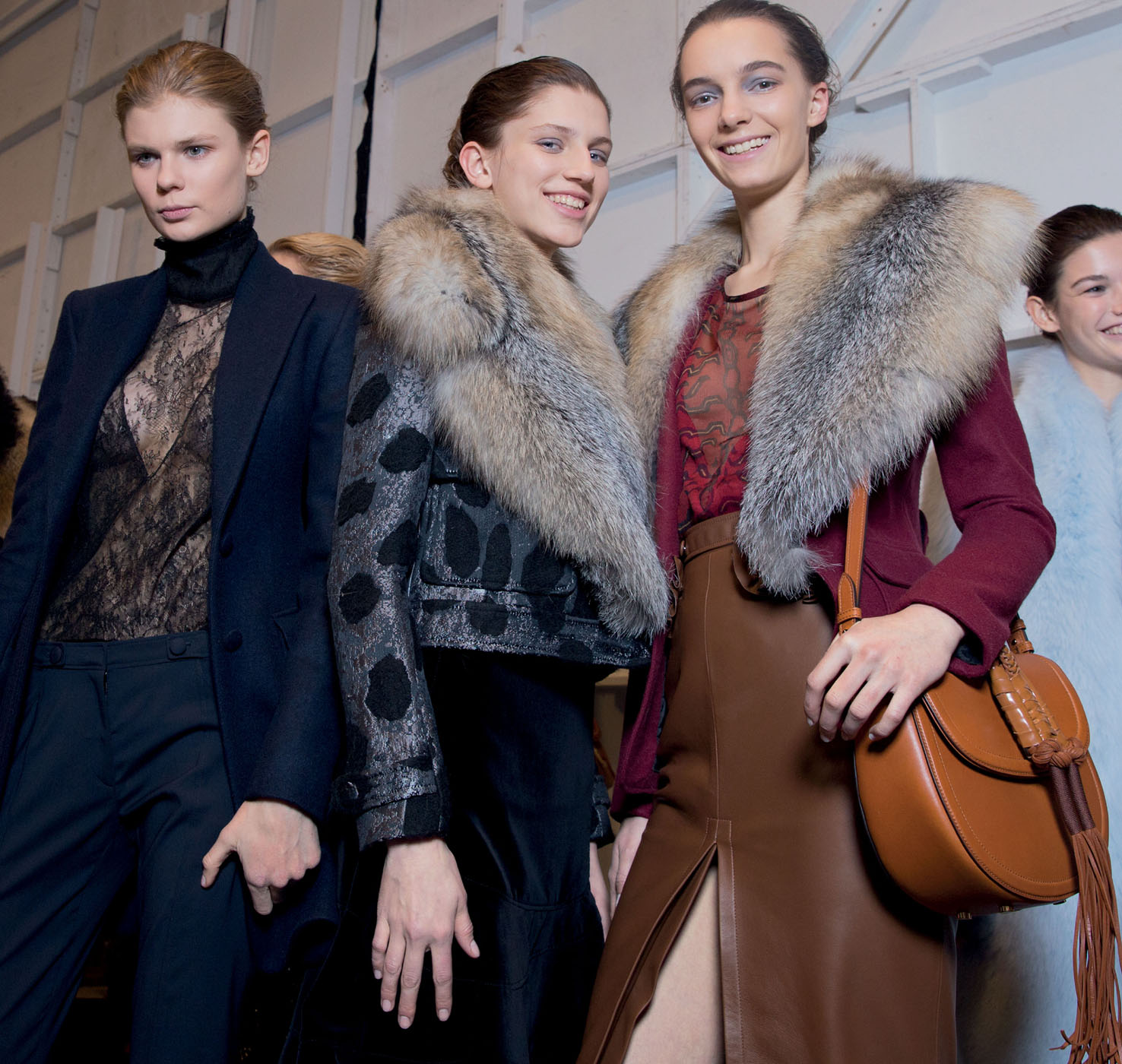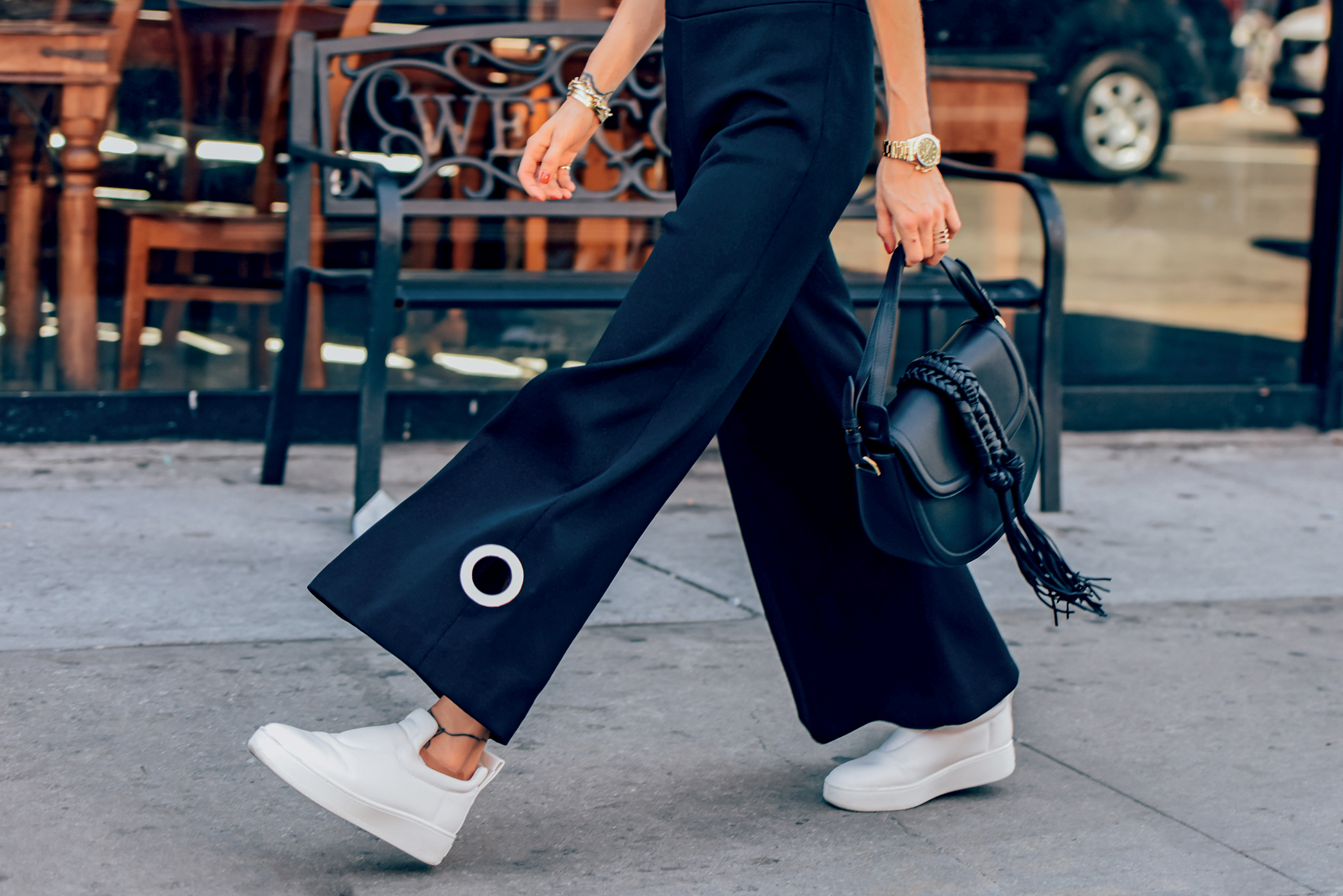GHIANDA, 2015

Ghianda bag, backstage at Altuzarra, Fall/Winter 2015 ready-to-wear.
Kevin Tachman/Trunk Archive
A lot of designers sell sex. Joseph Altuzarra sells sex appeal. In sartorial terms, that’s an alluring skirt with a thigh-high slit—not an abbreviated mini. It’s the difference between a woman, confident of her sexuality, and a girl. And, as Altuzarra has expressed again and again, he’s not designing for the latter.
To understand his sensibility, you have to dig into his background—which is equal parts American (his mother) and French (his father). He’s worked at companies on both sides of the Atlantic: the very American Marc Jacobs and Proenza Schouler and the distinctly French Givenchy. It’s in that clash of cultures where Altuzarra, who was born in Paris, resides. The Stateside influence appears in his beautiful—and consummately wearable—sportswear, while his French side is readily apparent in his approach to women.
“I think women in France have this way of carrying themselves, this relationship with their bodies, which I find really inspiring; not necessarily wanting to correct your flaws, but wanting to highlight the things you like about yourself,” Altuzarra told Fashion Magazine in 2013.
His debut Ghianda handbag collection from 2015, which features two styles—a smooth-leather hobo and a saddlebag, both elegantly spare and restrained in silhouette—reflects all of the above. It’s a good example of a handbag that doesn’t dominate a woman’s personality. It’s not overtly fun or rock star or even ladylike—there’s a sophisticated sensuality to the design, one you can picture only a self-assured woman wearing.
The inspiration speaks to his dual heritage while playing with the idea of sexiness in a decidedly Altuzarra way. Those beautifully braided straps have their origins in the American cowboy culture, specifically bull-riding ropes and whips; the designer actually worked with a rodeo hand in New Mexico. The French half comes in the hardware, which resembles the bottom of a gold cigarette lighter. What could be more representative of la vie Parisienne than that?
As for the name, there’s an acorn-like knot at the base of each strap that the craftspeople at the factories he uses in Italy casually dubbed ghianda—after the Italian word for “acorn”—during production. It stuck.
“It’s the idea of tension between different elements—masculine and feminine, bourgeois and perverse—that I find interesting.”
—JOSEPH ALTUZARRA, W, April 2013

Ghianda bag, Altuzarra, New York City, September 2015.
Tommy Ton/Trunk Archive